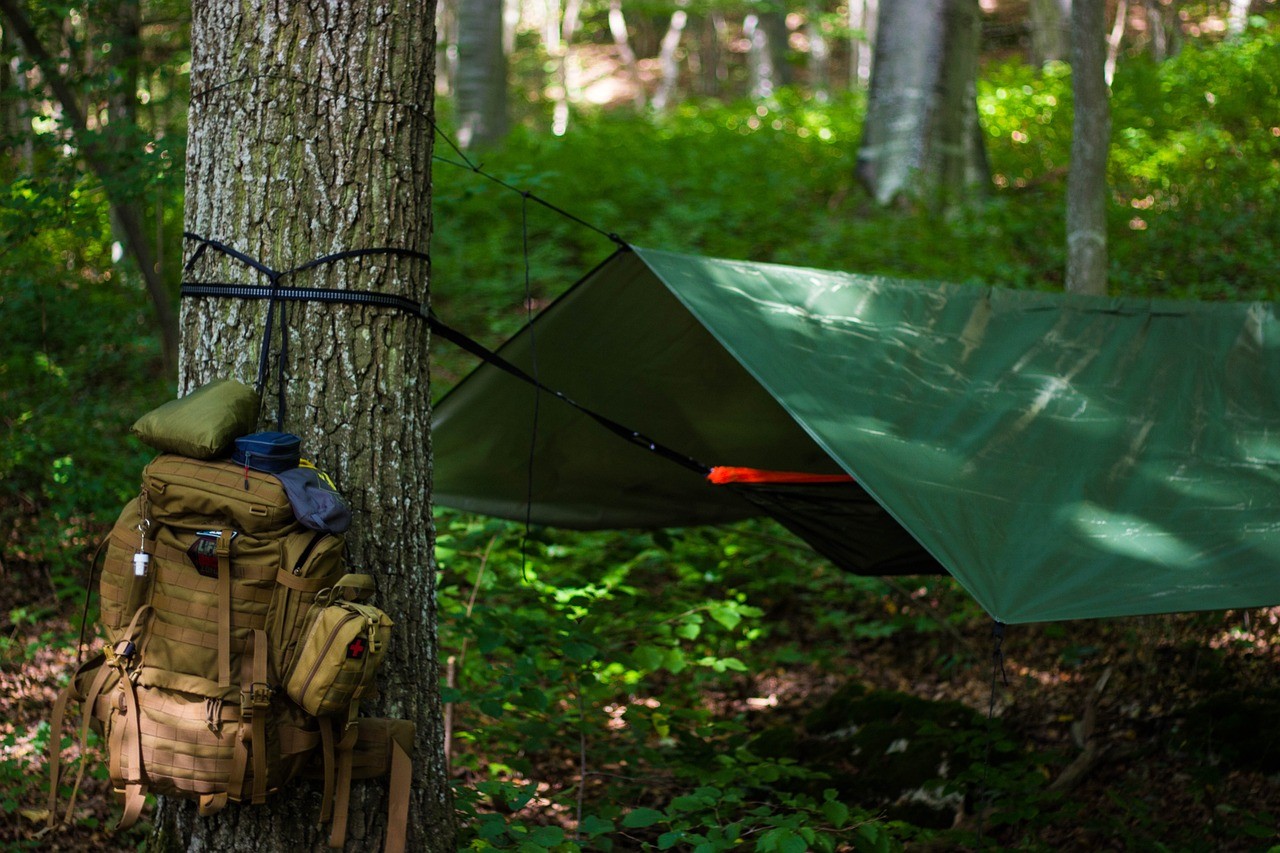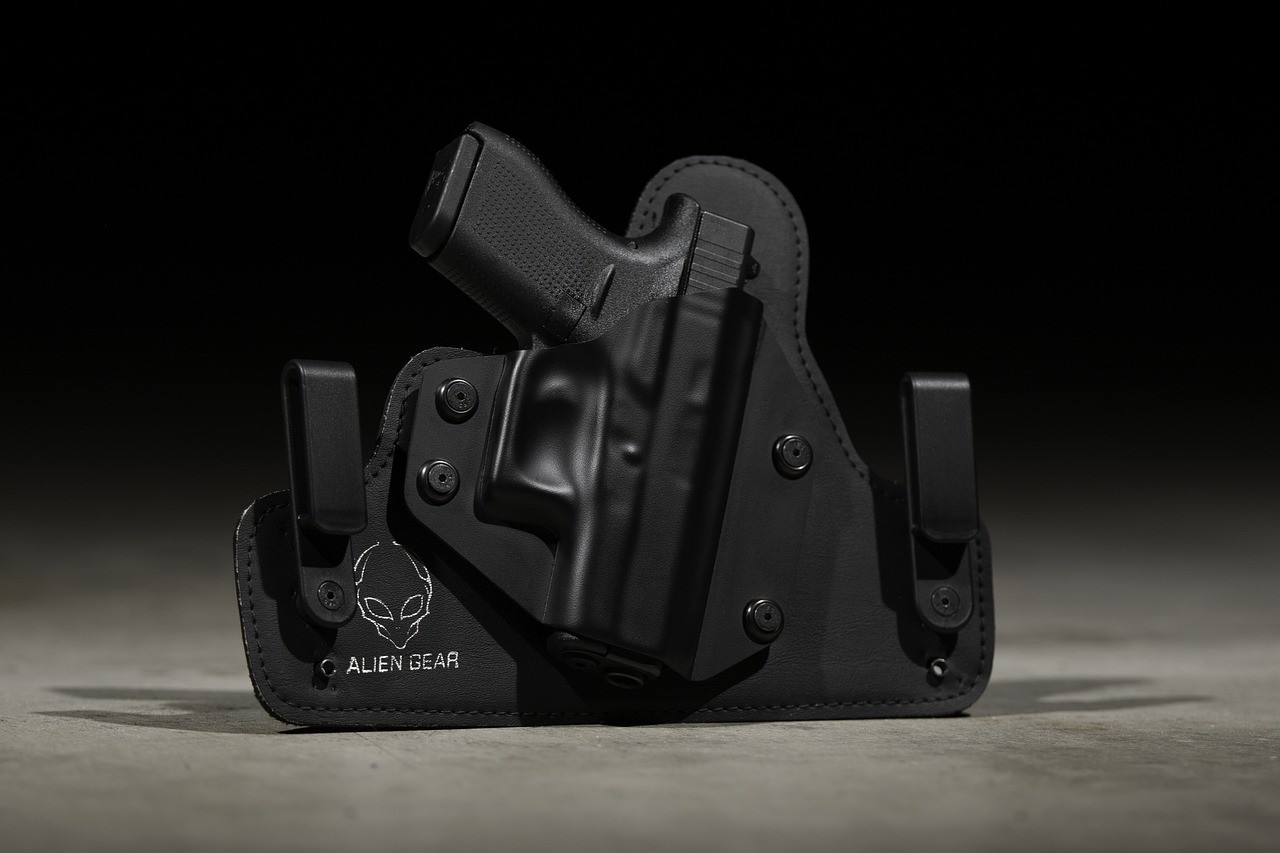There’s only one way to test the quality and usefulness of a thermal imaging scope. You have to mount it to a rifle and test it out. So that’s what we did to a few dozen of them. We got to know each scope as we narrowed the field down. We’ll tell you what we think about the ones that made our cut. We’ll also teach you what to look for in the thermal scope.
Are you ready? Let’s scope the competitors out.
Best Thermal Scopes:
1. theOpticGuru Thor LT Thermal Scope
ATN has made it possible for even folks on a tight budget to use a thermal scope. This one is about a quarter of the price of the premium models. It’s possible to put together a rifle/thermal scope combo for less than $2000. And you don’t have to give up the famous ATN quality to save money. It’s built just as solidly as their other scopes, but some key features are missing.
You can’t record or stream at all. And the thermal sensor is a bit less sensitive. But it’s still good for distances of up to 200 yards.
As you may have guessed, the weight and price of this scope are what people talk about most. This is one of the top picks for sportsmen who are just starting to use a thermal scope.
More experienced night hunters are surprised that it feels so light. They like that it doesn’t add much to the weight of their rifles. And they like it so much that some consider it the thermal scope for coyote hunting due to its good range and range finder.
Specifications
- Available in 2-4x, 3-6x and 5-10x zoom
- 320×240 image sensor is good for a scope of this price
- 1500-yard detection, about 180-yard recognition
- 1280×720 image display is clear and crisp
- Range finder and ballistic calculator built-in
- Quick switch today mode
- 10+ hours of continuous use per charge
- 15x4x3″
- Weighs just over 36 oz
- 3-year warranty
Pros
- Affordable
- Light
- Tough
Cons
- No recording or streaming options
2. Pulsar Thermion 2 Thermal Riflescope
A thermal hunting scope should be easy to use when it counts. And that’s when you’re preparing to take a shot. Pulsar’s Thermion XM allows you to choose between 13 reticles. Choose from classic crosshair, post, and everything in between.
And you can set your zoom to the distance you intend to shoot and park that image in the corner. Then you use the scope’s full field to keep watch over your target. Having that set can save critical seconds when they count.
The Zoom functions bring a lot of people in. Once they buy and mount their new scope, they spend some time browsing the different reticles and playing with the picture-in-picture feature. It’s fun to watch people see how useful that is.
They talk about how easy it is to track a game through the scope, then take a quick shot when movement stops. Since you’re already zoomed in, there’s no need to fool with the zoom when the prey stops.
Specifications
- 8x zoom is great for all ranges
- Picture-in-picture mode lets you zoom in while still seeing the entire field of view
- 13 different reticles for the ultimate in customization
- 320×240 thermal image sensor offers a good detection range
- 19750-yard detection, 160-yard recognition
- HD recording to smart devices for capturing your best shots
- Convenient recoil-activated recording
- Easy switching from thermal today modes
- Zero in with one shot
- 16″x5″x4″
- About 56 oz
- Up to five hours of battery life
- 3-year warranty
Pros
- Picture-in-picture zoom
- Many styles of reticles
- Clear picture
- Easy to zero
Cons
- Relatively short battery life
3. ATN Thor 4, Thermal Rifle Scope with Full HD Video rec
If you want to go top-of-the-line, this may be the thermal scope for the money. It has all the great features of our top pick. The max zoom is 15, rather than 18. And the battery life is a couple of hours shorter. That’s it. But you can save hundreds with this scope.
The reviews for this one are similar to the ones for our top pick. That’s not odd, considering how similar they are. There haven’t been any complaints about the battery life or zoom, which are the only differences.
Specifications
- Up to 15x zoom should be all you ever need
- 640×480 sensor enables high-resolution images
- Detection range of 1800 yards, recognition or about 200 yards
- Switches to day mode quickly
- Integrated range finder and ballistic calculator for quick shots
- Recording starts a few seconds before recoil is sensed
- Pairs with Android and iOS devices for streaming and recording
- Also can record onto an SD card for convenience
- Automatic image stabilization increases accuracy
- Up to 15 hours of battery use per charge
- 15″x3″x3″
- Weighs 32 ounces
- Remote control and extended-life battery available
- 3-year warranty
Pros
- Great image
- Long battery life
- Records onto a smart device or memory card
- Durable
Cons
- Still pretty expensive
4. Trijicon Reap-IR Mini Thermal Riflescope 24MM Reap-IR, Type 3
Digital contrast enhancement is a rare and expensive feature to find on a thermal imaging scope, but this one has it. It helps pick out smaller, more distant targets. That can help your accuracy. Another great thing is the small size and lightweight. It’s a big plus on long hikes. Compare the weight to a light binocular. But, alas, the price makes it a dream for many of us.
People who wear gloves wish that this scope had regular turret controls rather than thumbsticks. You need to feel the sticks to use them accurately, and even thin gloves can be cumbersome in this respect.
But all of the other features check out. It isn’t a bare-bones scope. You’ve got the range finder and choice of reticles. What you’re losing, other than the weight and size is recording capability. Many feel that it isn’t worth the price, but its fans say that you can’t find another scope built like this at any price.
Specifications
- 8x digital zoom is good for smaller games and longer ranges
- 640×480 zoom with digital contrast enhancement gives a crisper image than comparable scopes
- 2000-yard detection, 200-yard recognition
- Instantly switches between day and night modes
- Five reticles for quick customization
- Integrated range finder
- Thumbstick controls are easier for some than the normal turrets
- Four-hour battery life is decent compared to similarly-sized scopes
- 6”x3”x3”
- Light at 21 oz
- 3-year warranty
Pros
- Good zoom
- Digital contrast enhancement
- Small and light
Cons
- It May be difficult to use with gloves
- Costly
5. Pulsar Trail 2 LRF Thermal Riflescope
When we see a thermal vision rifle scope above five grand, we look to see how the price is justified for the average rifleman. In this case, we found that the high price comes from features that only people with a lot of experience with thermal scopes will benefit from.
This scope has the capability of tracking and displaying moving targets, like a running coyote. That’s a shot that not many would even be interested in attempting, but experts may consider this scope to be one of the most advanced on the market.
We found some rave reviews from highly seasoned night shooters. Some of the features, like the high refresh rate, scanning range finder, and triple zero settings, are useful only for people who have experience using basic thermal scope features.
So they can be either confusing or useless to the average shooter, but they can greatly enhance the accuracy and performance of more capable night marksmen.
Specifications
- 2.1x-8.4x zoom allows plenty of wiggle space in framing the target
- Picture-in-picture mode lets you view both the target region and total field view simultaneously
- 640×480 thermal sensor allows detection out to almost 2000 yards and recognition out to 200 yards
- A high refresh rate provides a smooth picture even with moving targets
- Advanced scanning range finder makes quickly switching between multiple targets easier
- Records audio and video to SD card and streams to smart devices live
- Convenient remote included for adjustments and audio/visual controls
- Three zero-in memory spots for use on multiple rifles of multiple types of ammo
- 13 reticles – pick the one you’re most comfortable with
- 16”x4”x5”
- 72 oz
- 3-year warranty
Pros
- Advanced features for experienced night shooters
- Highly accurate range finder
- Picture-in-picture mode
- Three zero settings
Cons
- Not a good value for the average rifleman
Factors To Consider
Would you like to know what factors we took into consideration as we picked the tops? Here are the things you need to keep in mind and the answers to the questions that people ask us the most.
Image Sensor
This isn’t the display resolution. This has to do with the way the electronics process the infrared light and process it into an image. But, like screen resolution, the higher numbers are better. Choose at least 320×240. Anything above that is considered sensitive enough to provide a detailed image.
Detection And Recognition Range
The detection range signifies at what distance the sensor picks up the heat to tell you that something is there. Recognition range refers to the range at which you can tell what kind of animal you are looking at. Consider the recognition yardage of your maximum shooting range.
Zoom
The zoom works the same way that it does in a regular scope. The longer the distance you’ll be shooting, the more zoom you can use. Most have variable zoom. Look at the zoom of the daytime scope you currently use and get a thermal scope with comparable zoom capabilities.
Range Finder
You don’t want to go fumbling around with a separate range finder when an opportunity presents itself. That’s why integrated range finders are so useful. They work with a laser beam to provide you with a reading that is accurate to within one yard at a range of about 1000 yards.
Weight
They can weigh between a pound and up to five pounds, depending mostly on the thickness of the tube and the size of the battery. But why is it important? It isn’t unless you carry your rifle for hours at a time. If you are a still hunter or normally take a long hike to get to your spot, you may be looking for a lighter scope. Think about how much a thermal-scoped AR can weigh. A light rifle is a plus in many situations.
Warranty
This is pretty self-explanatory. Longer warranties protect your purchase against defects for a longer time. The gold standard is three years. Gone are the days when this kind of scope came with a lifetime warranty. But you can still find five-year guarantees if you are inclined to look.
Price
None of them are cheap. Budget scopes go for around $1000 at the minimum. The average is between $3000 and $4000. You can find them for over ten grand. It all depends on the special features. Do some comparison shopping, as we did.
Battery Life
You’ll probably use your thermal optic scope as a field scope as well. So you’ll be using it for hours, not just a few seconds. Check out how long the battery lasts. Lighter scopes usually have a life of around four hours. But bigger, heavier scopes can give you up to 20.
Audio/Visual Recording And Streaming
Many scopes can be recorded onto an SD card. Some can even live stream onto the internet. Would you like to record your hunt? You’ll pay a little extra, but it would be nice to save those memories. You can even use the footage as a self-training video. If you go this route, you might as well go high-res.
FAQs
How far can I see with a thermal scope?
It depends on the sensor. A 640×480 sensor will show you a thermal signature out to 2000 yards. Lower sensitivity means shorter detection ranges. But the recognition range is what you should consider the most. That’s the distance at which you can shoot, given all other conditions are perfect.
Are thermal scopes legal?
They are legal on a federal level, but some local governments restrict their ownership to the police. Check your local regulations. And be very careful if you plan to use one for hunting. It is a crime to hunt at night in some areas, with or without a thermal scope.
How do they work?
They convert invisible infrared light, which comes from heat, into an image that you can see.
Can they be used in the daytime?
They can be switched from day to night mode in the settings. This is convenient and eliminates the need for separate scopes for day and night hunting or patrol.
Conclusion
ATN makes some good thermal scopes, and three of them made our list. Their Thor 4 is the all-around best. It is loaded with useful features and comes at a good price. ATN’s Thor LT carries many of the same useful features but only costs around $1200. It’s our budget pick. If you want a very light scope, Trijicon’s Teo Reap-IR weighs under a pound and a half, but it is rather expensive.
Now that you know what to look for and have seen the thermal scopes, why not get yours today?



